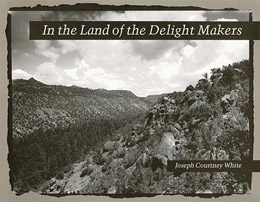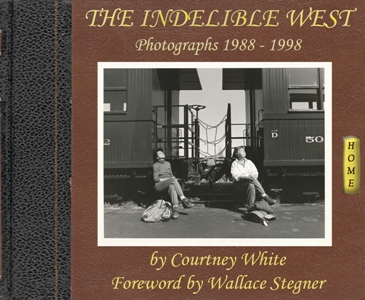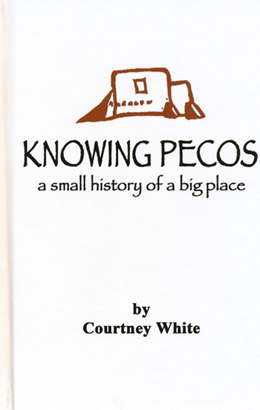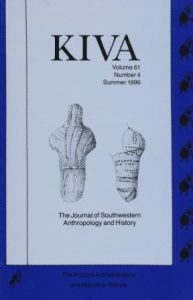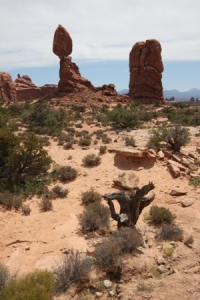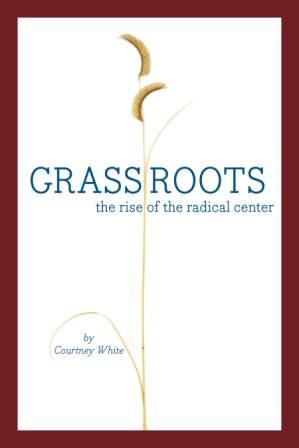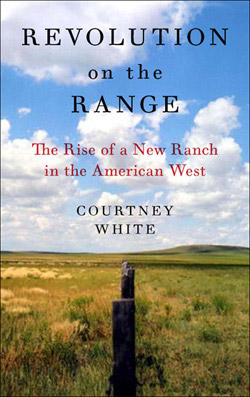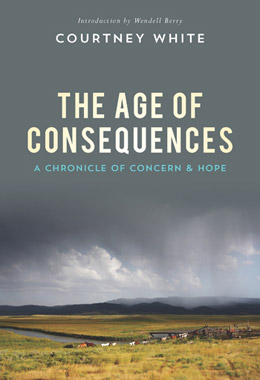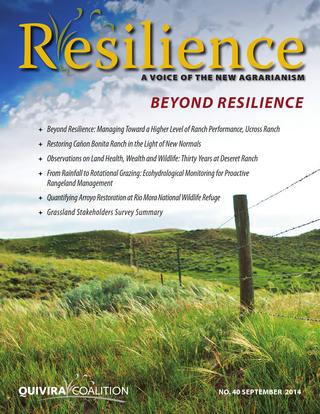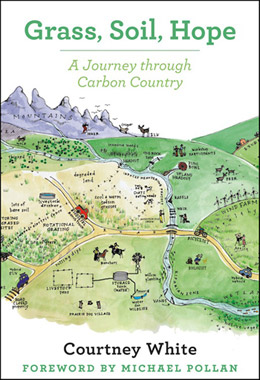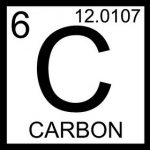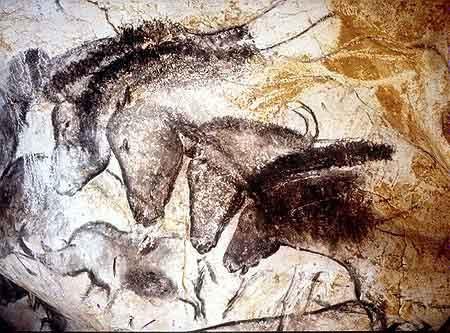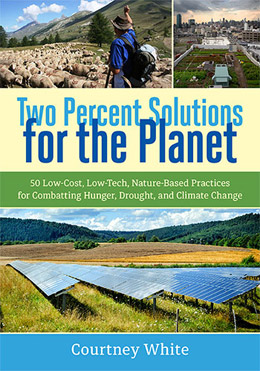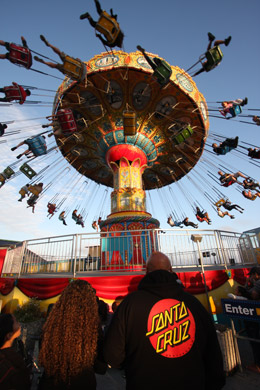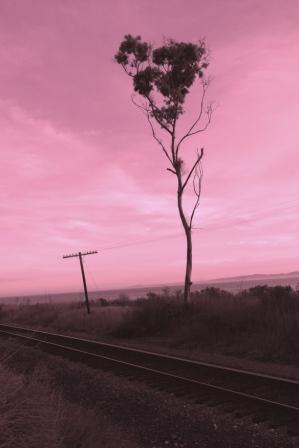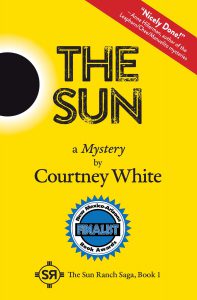My work chronologically: (1) A West That Works (2) The Age of Consequences
It begins in the the American West, my homeland, where I spent my formative years hiking its trails, driving its freeways, exploring its ruins, climbing its peaks, and defending its wide open spaces. I’ve studied its history, read its authors, photographed its vistas, and worked to heal its wounds. The anguished questions came early: Why was the desert being destroyed for development? Why were public lands managed so poorly? Where was the fine line between nature and culture? Was there no limit to our appetite for growth?
With the founding of the Quivira Coalition in 1997 I became an active participant in western issues, not just an observer. The questions expanded proportionally: What is land for? Why didn’t ranchers and environmentalists get along? How could we stop the blame game and create a radical center instead? How do we reach across the urban-rural divide? Why weren’t working landscapes valued more? How do we heal damaged land along with damaged relationships? Where could we implement innovative practices? My answers to these questions are grouped as A WEST THAT WORKS
In response to Hurricane Katrina’s devastation in 2005, my work and my questions expanded again: How do we increase resilience in our land and communities? How can we strengthen local and grassfed food systems? What does adaptation mean under climate change? How can we best sequester carbon in soils? What other nature-based solutions exist that can address our compounding challenges? How do we scale up regenerative agriculture? How do we foster the next generation of agrarians? My attempts to answer these questions forms the second half of my work THE AGE OF CONSEQUENCES





